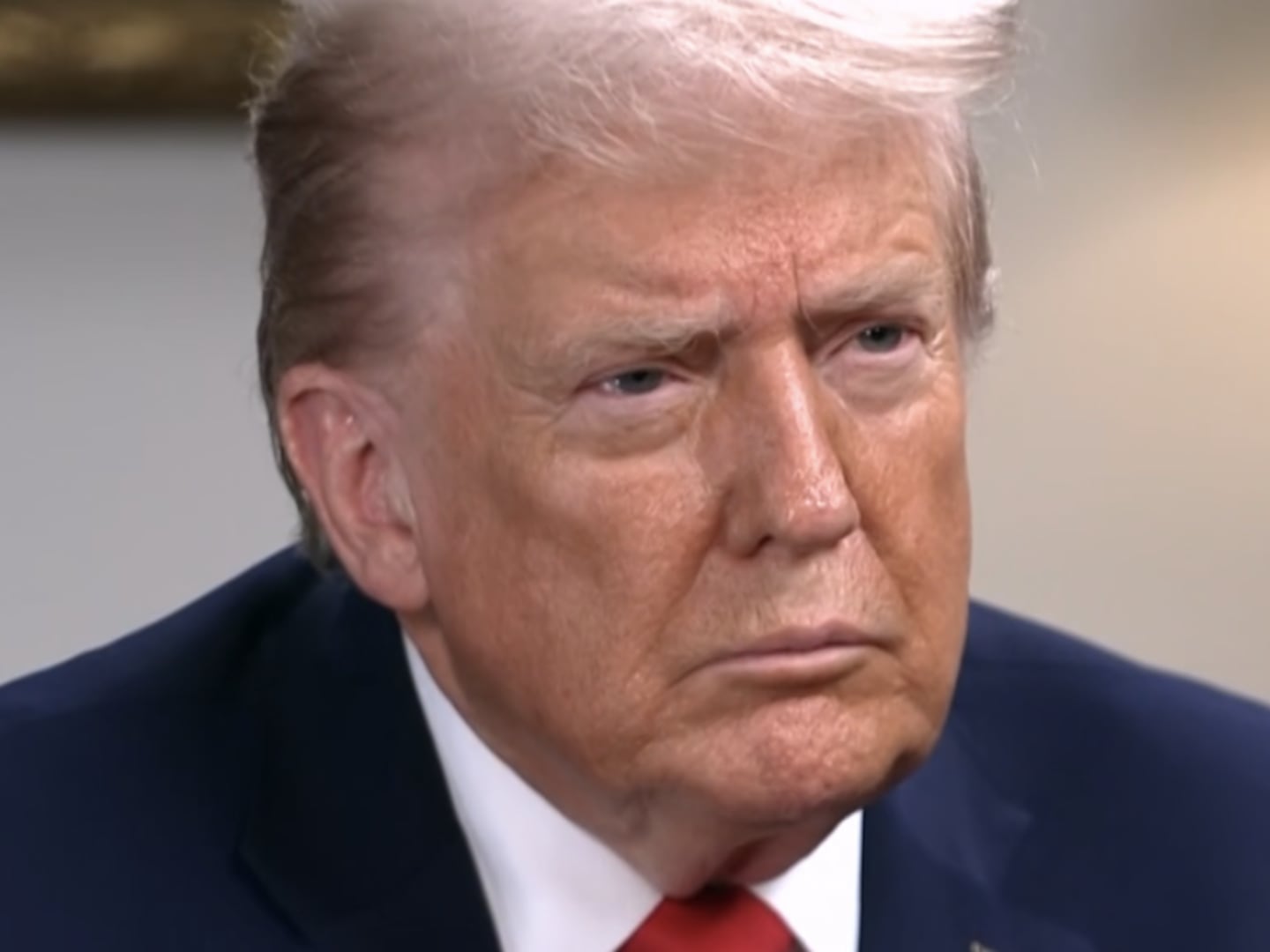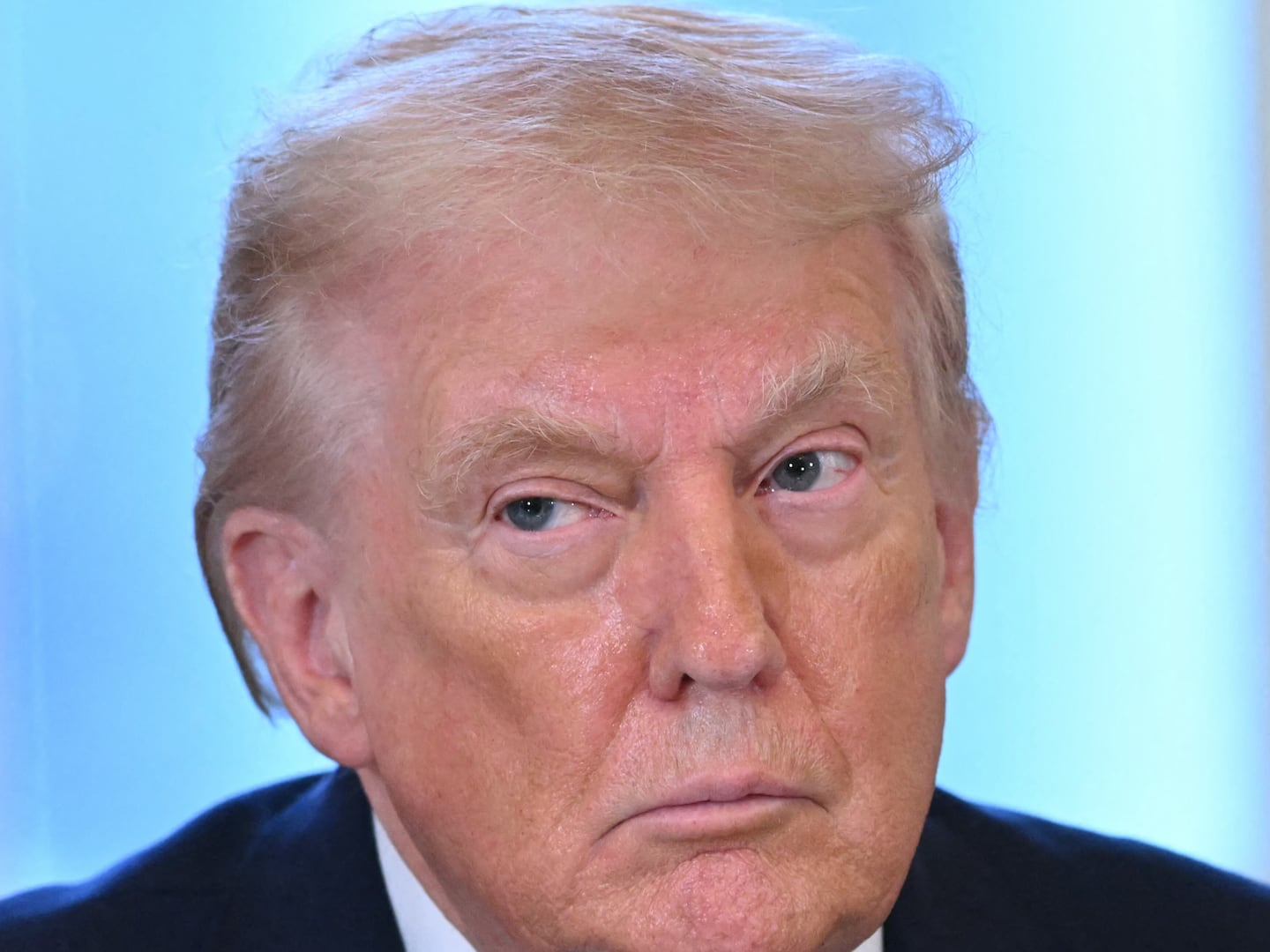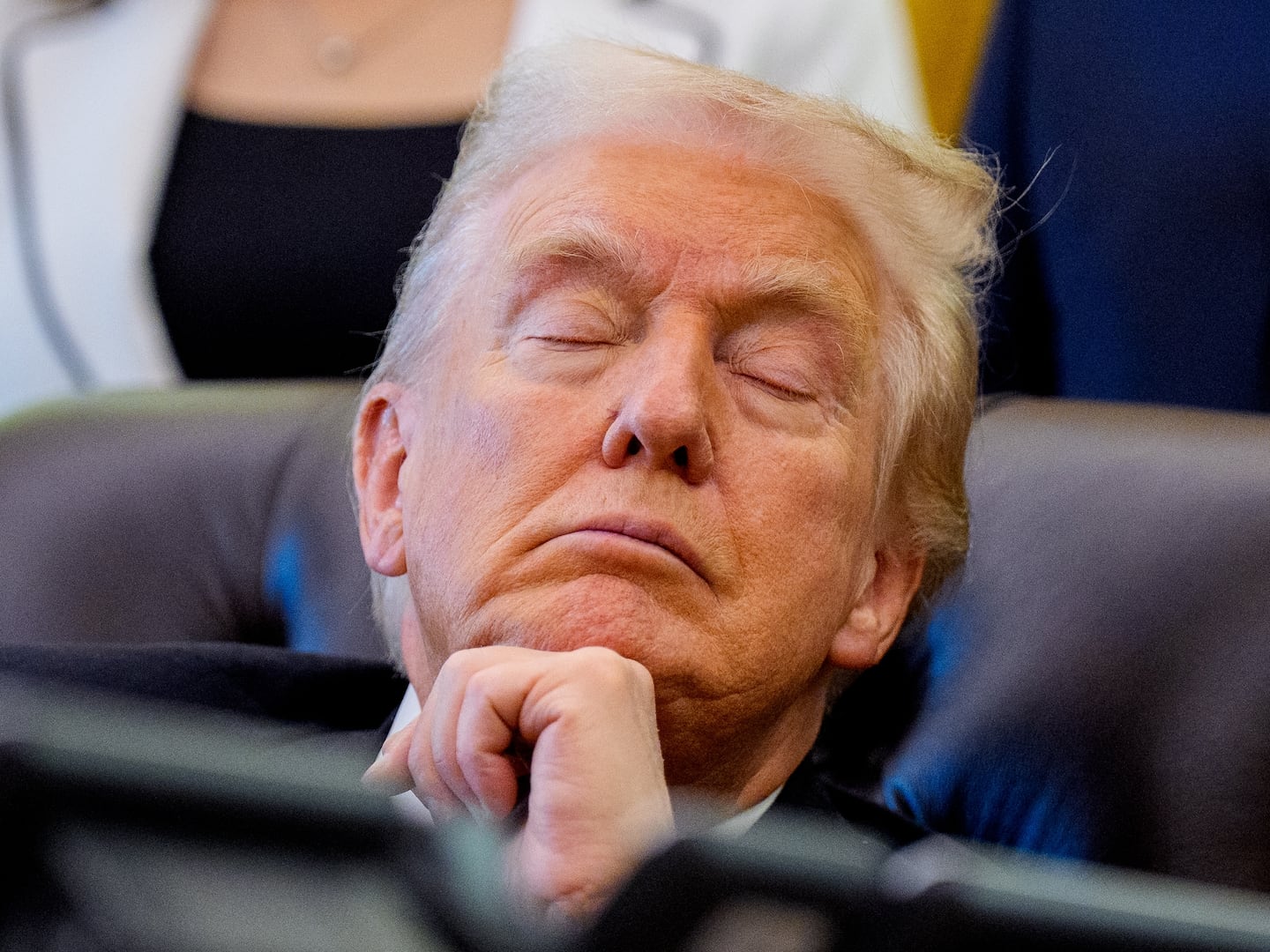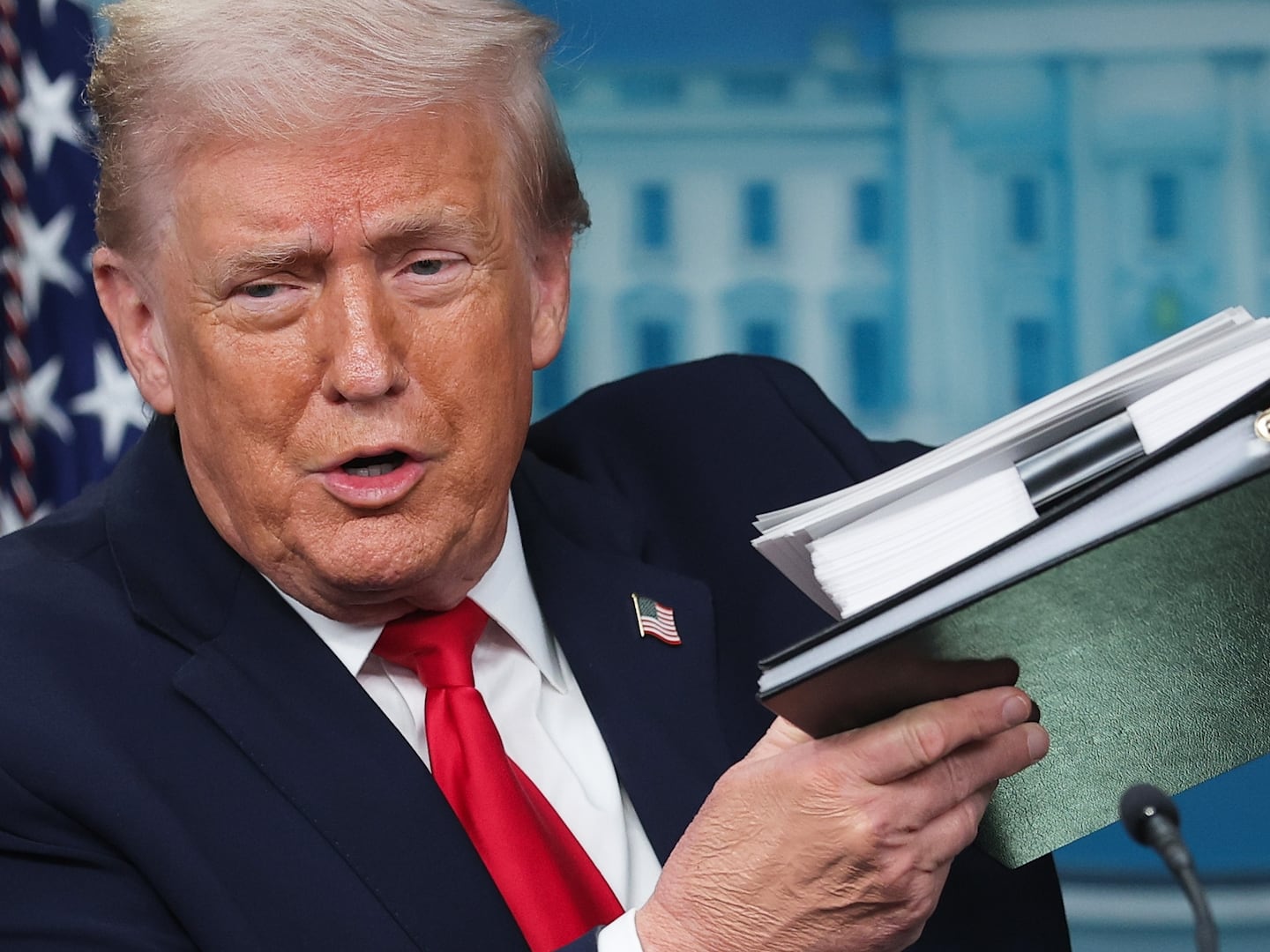There is nothing like a good old-fashioned conclave to get Rome buzzing. In the days since Pope Benedict XVI flew off by helicopter to Castel Gandolfo in the Roman foothills, the city has started its transition from hosting a farewell party for the old pope to managing the mayhem that comes with welcoming the new one. And, like in 2005 when the sorrow surrounding the death of John Paul II gave way to optimism about the future of the Church, now that Benedict has left Vatican City, the excitement surrounding just who the next pope will be is on everyone’s mind.

The first official congregational meeting of the College of Cardinals took place on Monday as the cardinals entered the Vatican City dressed in black swaying cassocks, sashes, and red skull caps—a procession that resembled a scene from a Fellini movie. Treated like politicians or Hollywood royalty, the cardinals were flanked by flacks who tried to shield them from the cameras—or in some cases push them in front the lenses. Reporters shouted out, “Will you be the next pope?” to smiles and winks.
Some, such as Timothy Dolan of New York, have been regular talking heads on the talk-show circuit. Others, such as Sean O’Malley of Boston, have been blogging from the borgo off St. Peter’s Square. Campaign posters have even begun popping up around Rome, like those touting Ghanian cardinal Peter Turkson’s candidacy with a portrait of the praying prelate under the words, “Vote Peter Kodwo Appiah Turkson.” There is even a faux cardinal surrounded by an entourage of impostor priests who briefly fooled the media into interviewing him before he was identified as an Australian trickster.
Of the 207 cardinals, 117 are under the age of 80 and eligible to vote. But only 115 of those will be voting in the coming conclave after Julius Darmaatmadja of Jakarta sent word that he is too frail to attend and Keith O’Brien of Scotland resigned amid confessions of sexual impropriety. O’Brien, who has made a name for himself as an anti-gay prelate, had originally denied allegations that he had made advances to young seminarians. Then, when the Vatican opened an investigation, he came clean, apologized, and effectively bowed out, eclipsing Roger Mahony of Los Angeles as the most talked-about cardinal, after he was relieved of his duties for mishandling the sex abuse in America’s largest diocese.
Benedict’s farewell may have been shrouded by the dark clouds of the church’s sins, but there is ample optimism in Rome ahead of the conclave that the church might do the right thing and elect someone who can set the church on the right path—both for the faithful and the victims of its many crimes.
While the cardinals hold their congregations, which are basically deliberations among the cardinals before the conclave vote, the press is busying themselves with papal profiling and the equivalent of tea-leaf reading, trying to figure out what the cardinals are thinking.
There are plenty of sources to ask, too. The Survivors Network of Those Abused by Priests holds regular press conferences at the Orange Hotel and has been more than available with ready rap sheets on contending cardinals’ sins. Then there are the Vaticanisti—the true go-to-guys on this story. Without an impending conclave, they might have a hard time keeping the attention of the easily distracted secular press, but now they are suddenly the big men on campus. They are a group of tidy men—and a scant few women—in bright TV-friendly ties who own this story after years of dedication to the Vatican beat. Everyone in the secular press has their favorite, and they are easily wined and dined as much as the clergy. They are the ultimate Vatican insiders, able to identify cardinals by their gait alone. At Benedict’s final meeting with the cardinals which was live streamed in the Vatican press room, they were shouting out names of the cardinals by sight, as one journalist tweeted, “Vaticanisti in press room are calling out names of cardinals the way sports fans know their team's entire lineup!”
They not only know the names and orders of the cardinals by heart; they also have their cellphone numbers on speed dial. One of the best known is John Allen Jr., a senior correspondent for National Catholic Reporter. It is common to see journalists carrying around dog-eared copies of his book Conclave—a sort of bible of facts when it comes to electing the next pontiff. Allen, who lived in Rome for 9 years before returning to the United States, just “happened” to be in Rome the day Benedict XVI resigned on a “regular reporting trip” that caused many to raise an eyebrow about just how well connected he really is to have gotten that timing just right. “Yes, this is a big moment for us,” Allen told The Daily Beast the day the pope resigned. “This is our Super Bowl.”
The rest of Rome has resigned itself to the inevitable fact that every so often a conclave disrupts daily life. The piazza in front of Castel Sant’ Angelo has been cordoned off for a giant tiered stage on which many of the foreign press have set up mini studios. The rooftop terraces surrounding Vatican City have been snatched up by the major American networks and covered with white tents, all with at least one camera already cast toward where the smokestack will be placed on top of the Sistine Chapel. Some journalists are even going to extremes to get the story. Over the weekend, NBC’s Anne Thompson read the liturgy for a private mass held by Cardinal Dolan inside St. Peter’s basilica.
But it’s not just the cardinals and the press with conclave fever. Hotels around St. Peter’s Square have elevated their prices for the media and lowered them for pilgrims. The Vatican souvenir shops are selling Benedict memorabilia from calendars and Benedict statutes to pope-on-a-rope soap. The Vatican post office has issued its “sede vacante” papal vacancy stamps—a rare occurrence that only happens when there is no pope in Rome, and thus a collector’s item, especially for Romans who mail themselves letters from the Vatican post office to get the postmark, too.
Sometime this week, the College of Cardinals will announce the date of the conclave, most likely to begin around the 11th of March – at least that’s what the Vaticanisti predict. The Sistine Chapel will be then sealed to visitors and prepped with jamming devices and the stove in which the papal ballots are burned after each vote. Then, the real excitement begins. Twice each morning and twice each afternoon, hundreds gather in St. Peter’s Square to watch the smoke pour out of the Sistine Chapel chimney, waiting for the white smoke and the bells to chime, to announce “habemus papam” to the waiting world.






